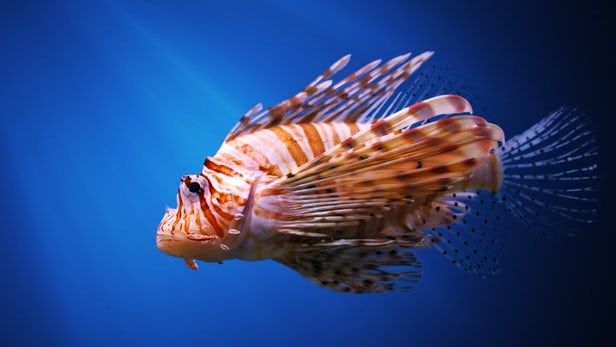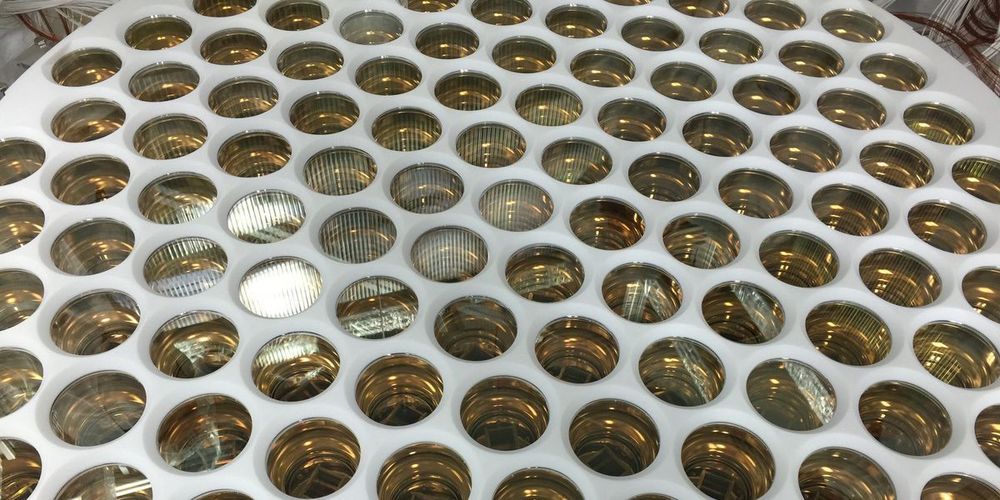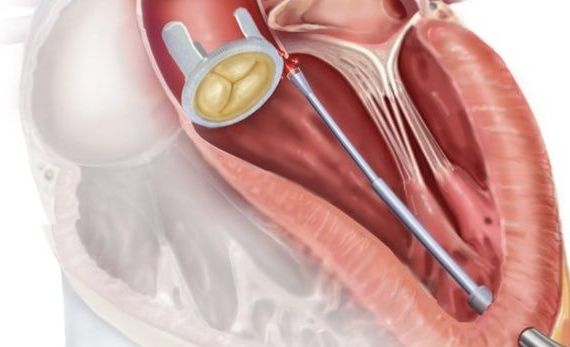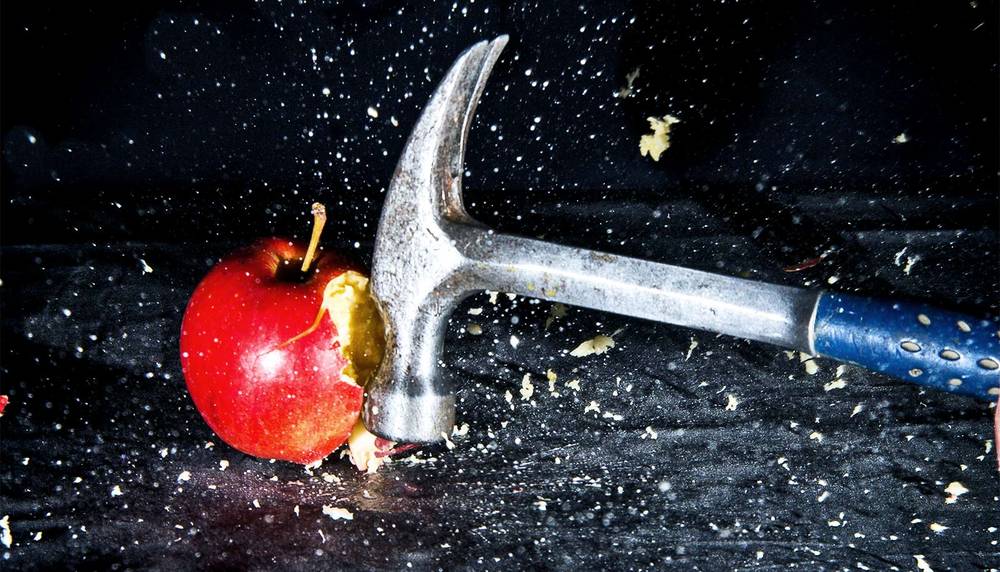A new report out Wednesday says some popular fruit juices may contain heavy metal contaminants like lead, arsenic, and cadmium. Consumer Reports tested 45 packaged fruit juices and found measurable levels of heavy metal in every product. Long-term exposure to these metals could cause serious health risks, including kidney disease and certain types of cancer. Anna Werner reports.







